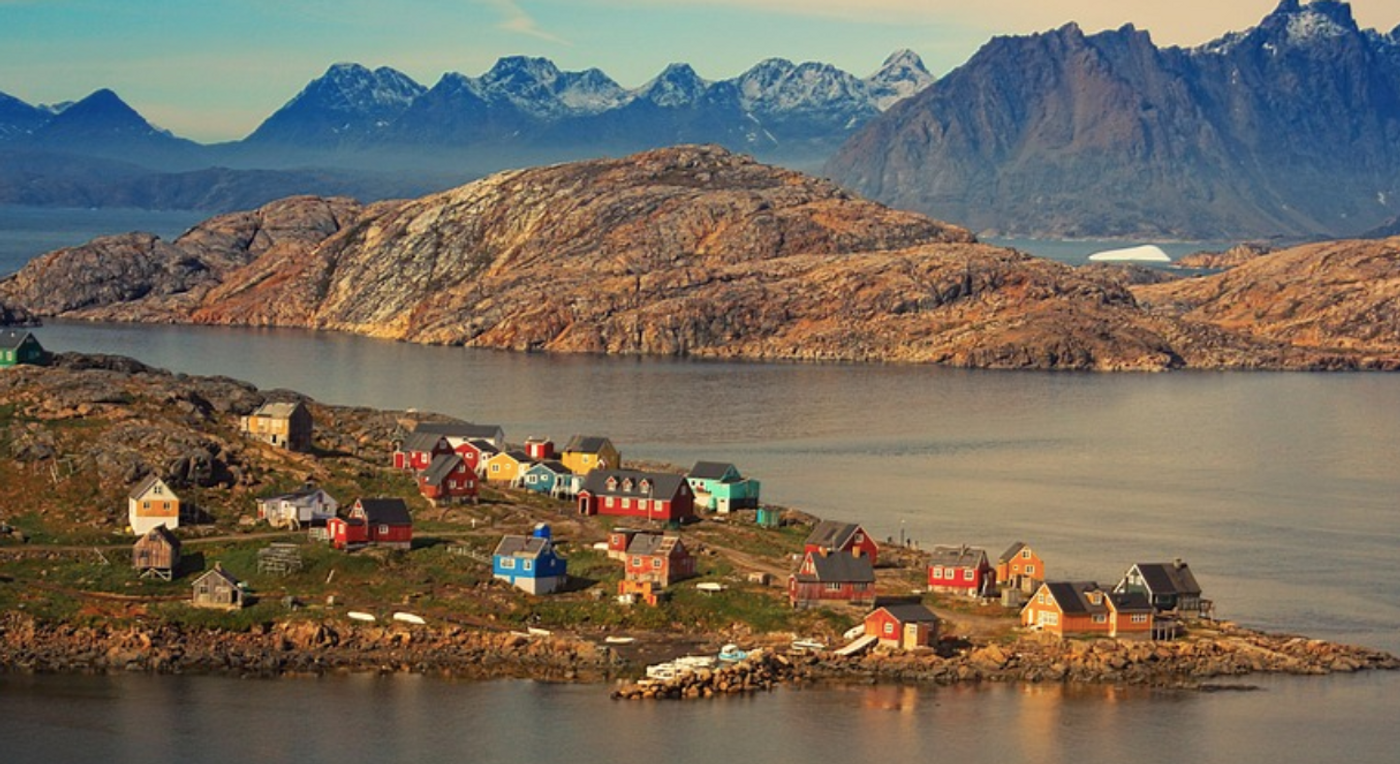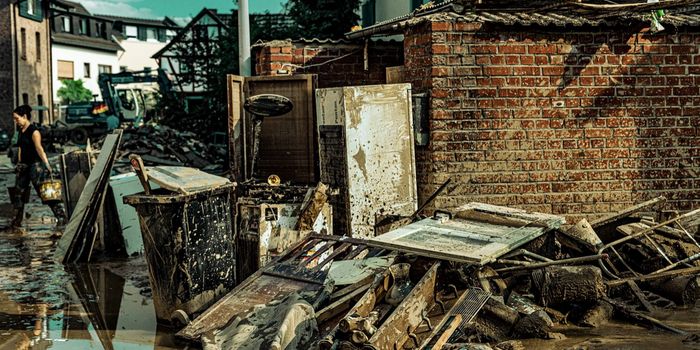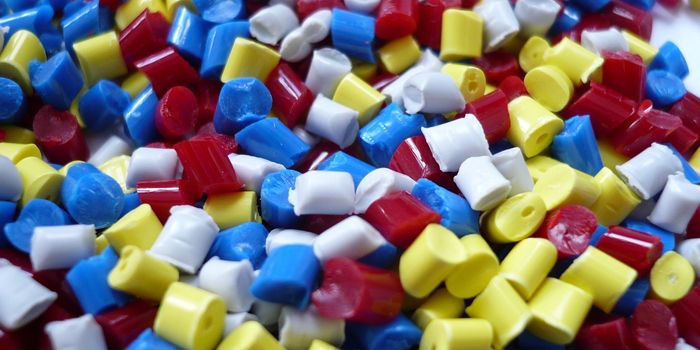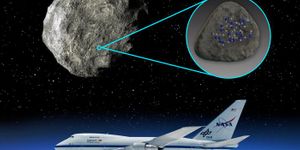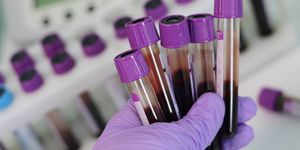Vegetation Grows as Greenland's Glaciers Melt
An analysis of satellite records has revealed that over the past 30 years, Greenland has lost about 28,707 square kilometers (11,000 square miles) of its ice sheet and glaciers to melting. That's an area slightly larger than the state of Massachusetts, or about the size of Albania, and is equivalent to almost 2 percent of Greenland's total ice cover. While that is only a small percentage of the country, it shows that as the Arctic ice melts away in a warmer world, it is replaced with barren rock, shrubs, and some methane-emitting wetlands. The findings have been published in the journal Scientific Reports.
At around 2.1 million sq km (836,330 sq mi), Greenland is the world's largest island, and it is mostly ice or glacier covered. Greenland is in the Arctic, which is warming about twice as fast as the rest of the world. From 2007 to 2012, average air temperatures in Greenland were an average of 3°C warmer - and that is compared to average temperatures from 1979 to 2000, a much more recent period than pre-industrial times.
This warm air is affecting the surface of Greenland as well, where much of the land has been frozen as permafrost. But retreating ice is leading to degradations in permafrost, which might destabilize the communities that are built on top of it. Until we stop burning fossil fuels, temperatures are only expected to keep getting warmer.
High-resolution satellite images enabled the researchers to learn about the changes in the landscape in detail, said study co-author Jonathan Carrivick, an Earth scientist at the University of Leeds.
Most ice is being lost from the edges of glaciers in Greenland, but there was also melting in the north and southwest of Greenland. Local areas of significant ice loss were seen in several areas: the west, mid-northwest, and southeast of the country.
The amount of land with vegetation growing on it doubled in size, by 87,475 sq km (33,774 sq mi). There was a significant increase in vegetation in several regions, with the greatest increase seen around Kangerlussuaq in the southwest and in some isolated parts of the northeast. Wetlands can emit the potent greenhouse gas methane, and the amount of wetland areas in Greenland got almost four times larger. The increase in vegetation is expected to worsen thaw in permafrost.
"We have seen signs that the loss of ice is triggering other reactions which will result in further loss of ice and further 'greening' of Greenland, where shrinking ice exposes bare rock that is then colonized by tundra and eventually shrub," Carrivick said. Melting ice also carries runoff like silt that can help generate new wetlands.
As ice melts from the land and the surface gets darker, it also absorbs more of the Sun's energy and gets warmer. So as more ice melts, it increases the melting of the ice that remains. It also raises the levels of lakes.
"These changes are critical, particularly for the indigenous populations whose traditional subsistence hunting practices rely on the stability of these delicate ecosystems," noted first study author Michael Grimes, PhD. "Moreover, the loss of ice mass in Greenland is a substantial contributor to global sea level rise, a trend that poses significant challenges both now and in the future."
Sources: University of Leeds, Scientific Reports
